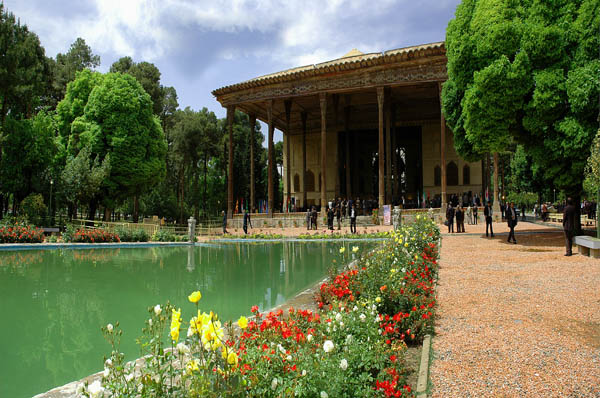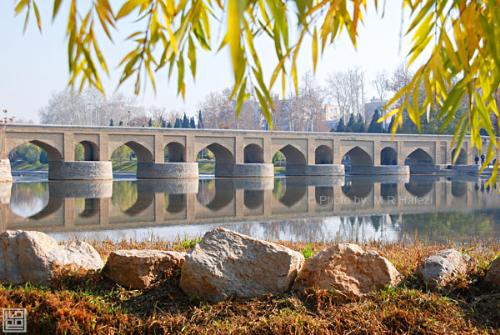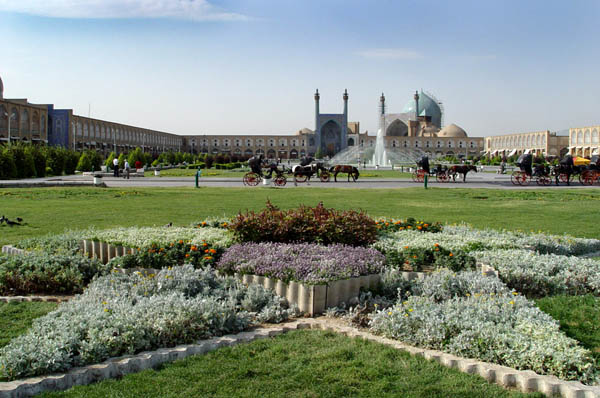THINGS TO DO IN IRAN
THINGS TO DO IN Isfahan
 | |
Among the cities of Iran, Isfahan is like a piece of jewelry that despite the historical fluctuations in the area has still retained its luster and glory throughout the centuries. The city is so vibrant that it seems as if it has been born today and yet it is so original that it looks as though it has always existed. The city’s rich culture and beautiful nature are in such perfect harmony that one seems to be a reflection of the other. Isfahan is an ultimate expression of the Iranian-Islamic Culture. | |
 | |
Isfahan: The City of Four Seasons | |
|
|
Isfahan: A Museum Where People Live | |
Isfahan: A World of Art |  |
The Present Day Isfahan |  |
Weather | |
Isfahan has a dry continental climate with four distinct seasons. Summer months extending from June to August are hot and dry and winter months beginning from December and lasting to February are cold with sporadic snowfalls. Therefore, the best seasons to visit Isfahan are spring and fall when the weather is sunny, warm and pleasant for sightseeing and outdoor activities. Although there is extreme heat and cold in the city, the cold days do not last longer than three months. In Isfahan, it hardly ever snows in winter. There is usually rainfall in March and April, probably because of the clouds made from the evaporation of the thawing snow. A wind coming from the west keeps blowing throughout the summer. When the sun sets, the wind picks up and it gets so cold at night that one might want to wear a woolen coat. Spring starts in February when the weather becomes balmy and the city gets back its charm. | |
Please contact "Info@headache.org" with your questions

